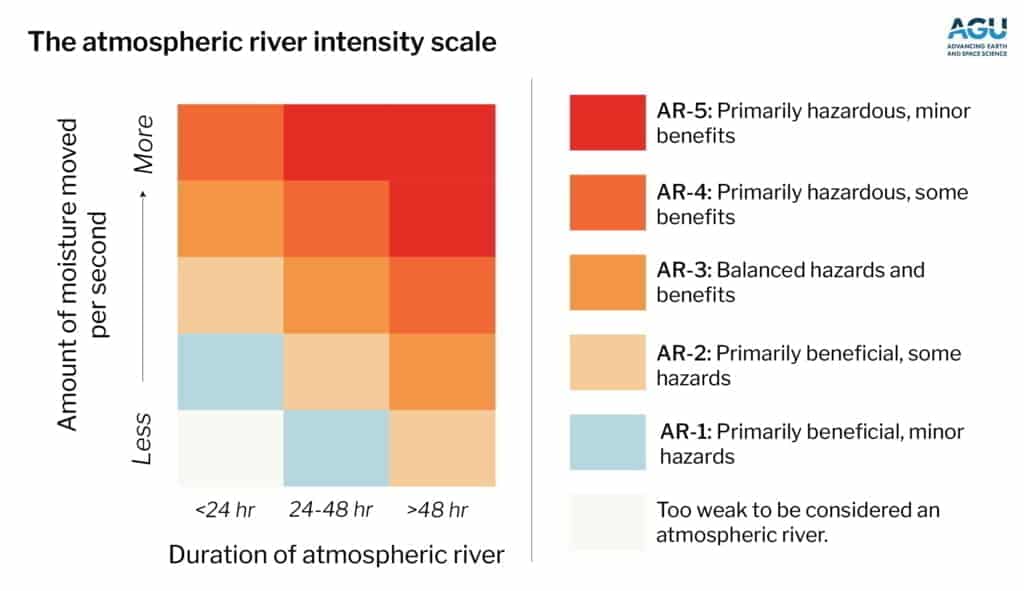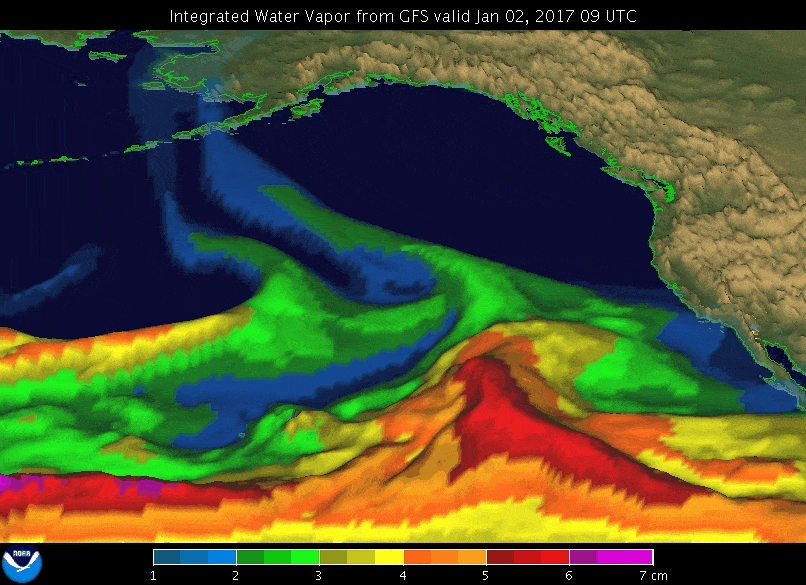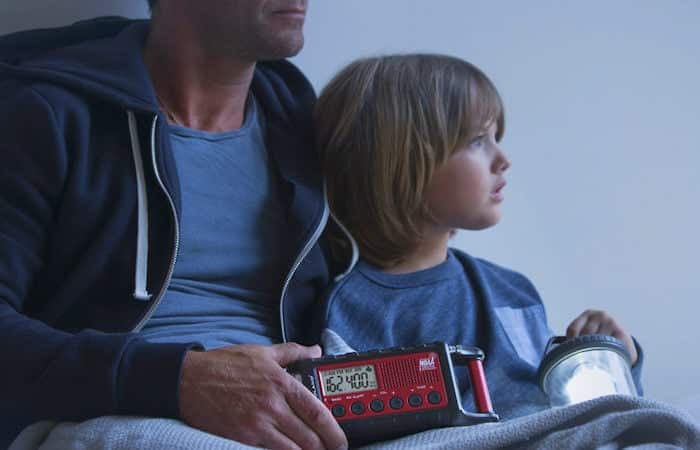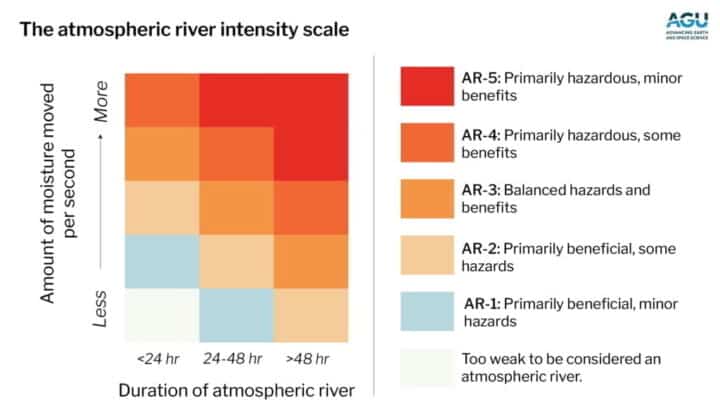When we talk about hurricanes, we often refer to their category rating. It allows us to compare storms to one another, even when they occur in different parts of the world. While atmospheric rivers have a similar scale, up until recently, it was only used for events affecting the US west coast. That’s about to change.
The scale ranks atmospheric rivers from AR-1 to AR-5 (with AR-5 being the most intense) based on how long they last and how much moisture they transport. It’s been used since 2019, even in some recent news coverage. For example, an AR-1 event lasts less than 24 hours, with a low level of moisture transport, while an AR-5 event has high moisture transport and lasts longer than two days. But can it be used globally? A new study from these same researchers says yes.

How do atmospheric rivers form?
Before we jump into the study, let’s briefly review how atmospheric rivers form. These occur when large amounts of moisture are transported from tropical and subtropical regions to other parts of the world. This moisture is typically a narrow band of high-humidity air, called an atmospheric river. These rivers develop when winds transport tropical and subtropical air from one region to another, allowing for a high moisture concentration. When this moist air moves over land or cooler ocean waters, it can lead to precipitation, often in heavy rain or snow.
The study
The group used worldwide climate data starting with the 1979-80 rainy season to develop a historical record spanning four decades of atmospheric river events. They found that, on average, an AR-5 event happens every two to three years, and the strongest events are less likely to make landfall. When they do, their effects are often short-lived and limited to coastal areas as moisture doesn’t often penetrate far inland.
“By mapping out the footprints of each atmospheric river rank globally, we can start to better understand the societal impacts of these events in many different regions,” Bin Guan, an atmospheric scientist at the Joint Institute for Regional Earth System Science and Engineering, said.
Guan and the other researchers found that four regions are “hotspots” where AR-5 events are most common to die, including the extratropical North Pacific and Atlantic, Southeast Pacific, and Southeast Atlantic. Cities like Lisbon, Portugal, and San Francisco, both within these regions, are also more likely to experience strong landfalling atmospheric rivers, according to the study.
While researchers only looked at events through 2020, the American Geophysical Union noted that the string of atmospheric rivers in California in December and January at points reached AR-4: the catastrophic flooding in Pakistan earlier in 2022 was due to a landfalling AR-5.
Researchers see the scale not only as a helpful research tool but also as a way to inform the public of the potentially damaging effects of an atmospheric river, much like the Saffir-Simpson scale does for hurricanes. “This scale is designed to help answer all those questions,” study co-author and atmospheric scientist F. Martin Ralph said.

Are stronger atmospheric rivers becoming common?
The study also suggests that we might move into a period where stronger atmospheric rivers may be more common. Researchers found stronger and more frequent atmospheric river events occur during El Niño. With the multi-year La Niña event ending and forecasters expecting an El Niño event to occur later this year, this may be something to watch.
Climate change may also mean more atmospheric rivers are likely. While not the focus of this particular study, others have linked the effects of global warming on atmospheric rivers. A recent study linked California’s 2017 atmospheric river events to climate change: it increased rain by 11 to 15 percent. Furthermore, those researchers found that if the same event happened at the end of the century, rain would increase between 20 to 60 percent based on current warming projections. Other studies had similar findings.
Regardless of climate change, it does appear that stronger atmospheric rivers are more likely for at least this year and possibly the next, too.

If you live in an area where atmospheric rivers may affect you, monitoring the forecast and potential impacts of the event is critical. The best way to do this is a weather radio, although local television and radio broadcasts are also great sources. Pay any possible changes in the atmospheric river’s trajectory. It is also important to be aware of expected amounts of rain and snow and any potential flooding or landslides that may occur as a result.
It is also important to store enough food, water, and other supplies in an emergency, as you may be cut off from the outside world for several days. Finally, it is crucial to have a plan in place to protect your property from potential damage caused by the storm. The good news is that most of these events are more beneficial than destructive, however.
Do you think this scale could be helpful? Let us know in the comments.



